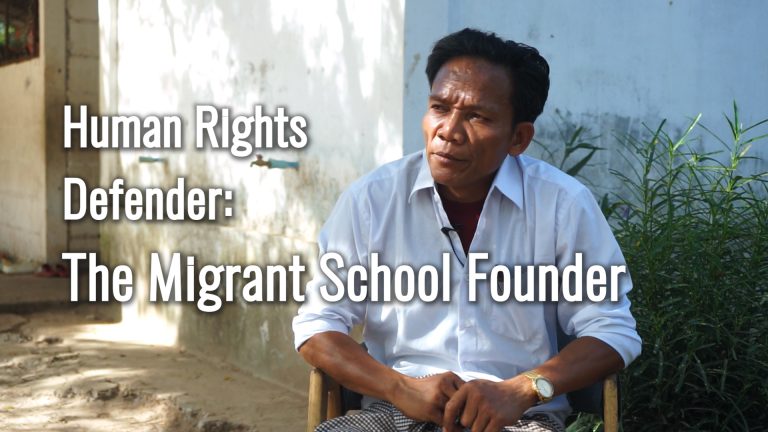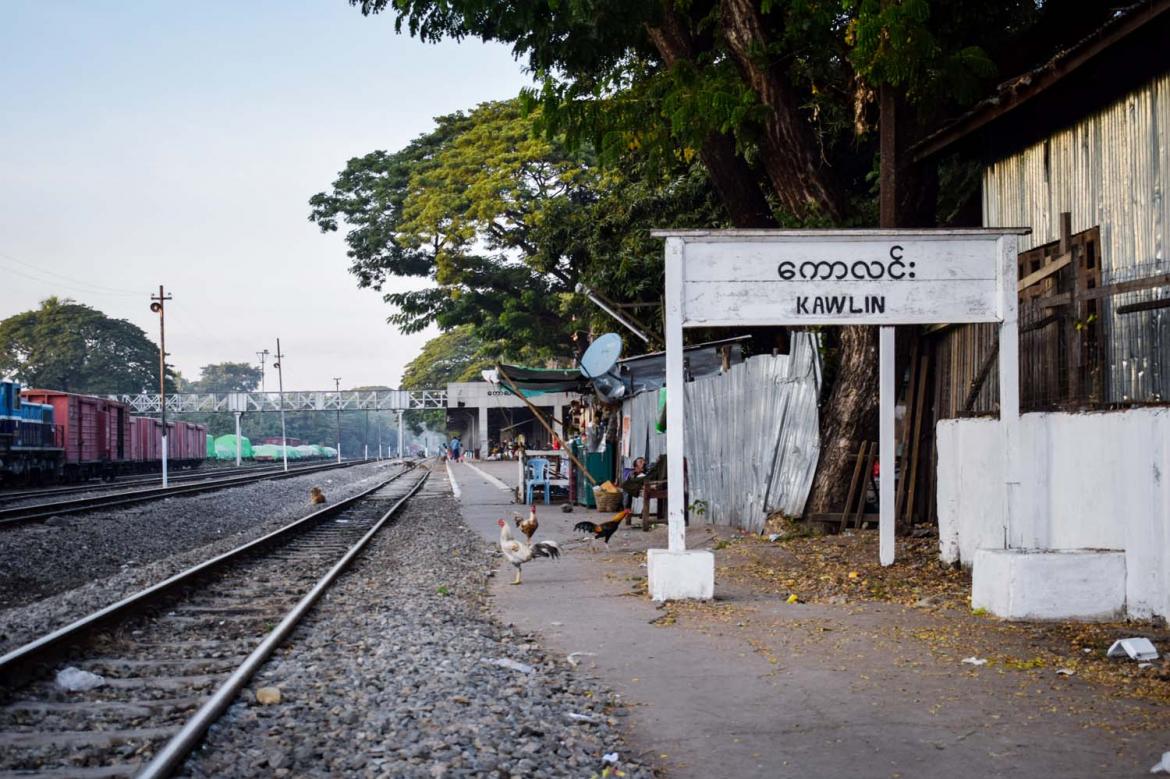By AFP
Teachers at a Tabayin Township school hit by a military helicopter attack last week have spoken of the terrifying horror of the onslaught – including watching a wounded child screaming in agony, begging to die.
Friday’s violence at a school in Let Yet Kone village, Sagaing Region, killed 14 people – 12 of them children, the youngest aged seven.
The United Nations, the European Union and rights groups have condemned the incident, in which the Myanmar military said it targeted rebels who were using civilians as human shields.
Some children were playing outside while others attended classes as two helicopter gunships flew in and opened fire with machine guns and heavy weapons, one teacher said.
“One girl was hit on the back of her head… there was a lot of blood coming out,” the teacher said in a phone interview with AFP, describing frantic efforts to perform first aid.
Students scrambled to take cover under tables as smoke billowed around, added the teacher, whom AFP is not naming because of security concerns.
The helicopters then touched down and troops poured out, storming the school grounds and ordering everyone inside to come out, the teacher said.
Some children, their legs badly wounded, left a trail of blood as they crawled out, the teacher said, while others were too badly injured to move from their hiding spots.
Myanmar has been in chaos since the military seized power in a coup in February last year, with nearly 2,300 civilians killed in a crackdown on dissent, according to a local monitoring group.
The Sagaing region in the country’s northwest has seen some of the fiercest fighting, and entire villages have been burned down during clashes between anti-coup fighters and the military.

‘Kill me, I can’t stand the pain’
The mother of a wounded student pleaded with soldiers to let her into the classroom where her seven-year-old son was bleeding to death, the teacher said.
“The soldier shouted at her: ‘do you want me to shoot and kill you?’,” the teacher said.
Her son was bleeding so much it was almost “like he was drowning in water”, they added.
Later, the mother and her dying son reunited – he was missing a hand and leg.
“The boy was still alive and he said: ‘Mummy, it’s very painful, kill me, kill me, I can’t stand the pain’,” the teacher said.
The tearful mother begged the soldiers not to take away her son’s body, but they insisted he was not dead and took him to hospital, the teacher said.
“The mother cried out: ‘Let me make a funeral for my baby.'”
The teacher later watched as soldiers tossed children’s severed body parts and bloody clothing into rice sacks.
A second teacher described rushing children indoors as the helicopters approached, only for the building to be hit by a large explosion.
“I saw one child was hit, and he shouted for help. He was covered in blood and he kept shouting, asking for help but I did not dare to walk out to help him,” the second teacher told AFP by phone.
As the firing continued, the second teacher decided to get out of the building, taking 20 students to hide under a large tamarind tree as the wounded boy continued to scream for help.
AFP has not been able to independently verify the teachers’ accounts.
Military blames resistance groups
Many in Let Yet Kone village are still anxiously awaiting news about some students who are missing since the attack.
There are no immediate plans to reopen the school, which had nearly 250 students and more than 20 teachers.
The junta said they had sent troops in helicopters to the village after receiving a tip-off that fighters from the Kachin Independence Army and from a People’s Defence Force were moving weapons in the area.
The military claimed without evidence that the resistance forces used civilians as human shields, and said it had seized mines and explosives from the village.
“Security members gave necessary medical treatment and arranged to send patients to a nearby hospital,” the military said in a statement.
Junta spokesman Zaw Min Tun on Tuesday accused the KIA of taking villagers to a monastery and then firing on troops from there.







